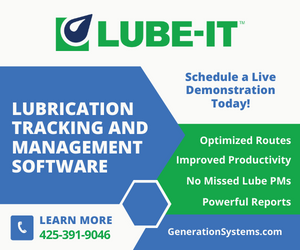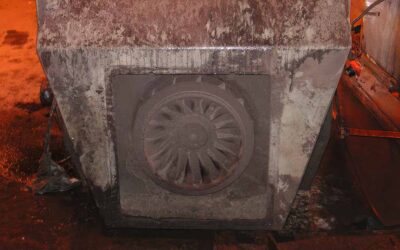Appearing at Mastering SAP Connect – Gold Coast, Australia June 5–6, 2025
Despite decades of digital transformation and system upgrades, many industrial operations still battle the same demons: unplanned failures, high maintenance costs, and reactive fire-fighting. These problems persist not because of bad intentions—but because of bad habits. And at the heart of those habits is the lack of standardized, high-quality, precision maintenance work plans.
At Mastering SAP Connect 2025, held June 5–6 at the Royal Pines Resort on the Gold Coast, I’ll be tackling this exact issue in my presentation, “From Chaos to Control: Driving Maintenance Effectiveness with Standardized Work Plans.”
I’ll also be joining a joint Enterprise Asset Management (EAM) and Supply Chain Management (SCM) panel to explore how aligned practices between maintenance and supply functions can unlock major gains in efficiency, safety, and asset performance.
From Guesswork to Precision
When maintenance execution is left to interpretation, outcomes vary. That variation creates reliability risk, bloats costs, and erodes trust in the system. But by defining standard job plans—complete with tools, skills, FLAB (Fastening, Lubrication, Alignment, Balance) specifications, task durations, safety steps, torque requirements, and bills of materials—we transform maintenance from art to science.
These aren’t just checklists—they’re enablers of performance. They reinforce execution discipline, improve schedule adherence, and build institutional knowledge. They also create the structure required for meaningful analytics, risk reduction, and reliability improvement.
What You’ll Learn in This Session
This presentation delivers a practical and field-proven framework for creating, deploying, and governing standard work in the maintenance function. Key takeaways include:
- Why Standardization Matters – How disciplined job plans improve reliability, reduce rework, and enable better energy efficiency and safety.
- The Anatomy of a World-Class Job Plan – From torque specs and BOMs to FLAB precision, we’ll walk through the essential components of effective job plans.
- Governance That Works – How to maintain quality and relevance through CMMS integration, peer reviews, and communities of practice.
- FLAB Integration – Understanding how failure modes trace back to poor fastening, lubrication, alignment, and balance—and how to bake FLAB precision into every plan.
- Execution Feedback Loops – How planners, supervisors, and tradespeople can connect through shared standards and use field feedback to continuously improve.
- Scale Through Yokoten – Learn how to share success across sites and assets using horizontal replication and peer-to-peer learning.
Bridging EAM and SCM
Job plans don’t stand alone. They depend on aligned procurement and supply chain practices—accurate spares availability, clean BOMs, and intelligent material management. That’s why I’m also contributing to the EAM–SCM panel discussion during the conference, where we’ll tackle how shared standards, integrated master data, and collaborative planning can move organizations from reactive to reliable.
Join Us
Mastering SAP Connect 2025 is more than a conference—it’s a gathering of forward-thinking professionals determined to break through operational silos and elevate asset performance. Whether you’re a planner, scheduler, engineer, supply chain leader, or executive, this is your opportunity to engage with peers, learn proven methods, and help shape the next era of digital and operational excellence.
See you in Gold Coast. Let’s move from chaos to control—together.











